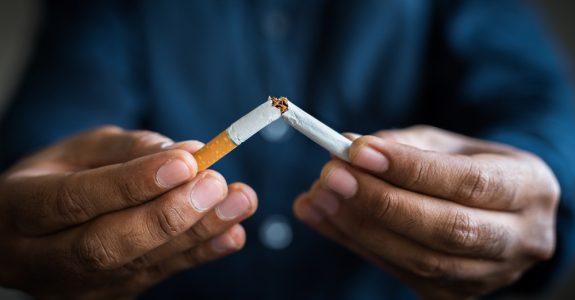Claire Fiddian-Green is the President & CEO of the Richard M. Fairbanks Foundation.
There’s no question that opioid addiction is wreaking havoc in communities across Indiana, including in Indianapolis. The latest figures show that, in 2016, there were 18.9 opioid poisoning deaths in Marion County per 100,000 residents – which translates into 171 lives lost. What’s worse, a new study from the University of Virginia finds opioid poisoning deaths are likely much higher than official figures reported in Indiana and other states.
Two years ago, in November 2015, the Richard M. Fairbanks Foundation adopted new funding priorities, one of which is to tackle the opioid crisis in Indianapolis. The first thing we did was commission a study on the opioid crisis to understand in detail how it was impacting Indiana, and to outline the steps that could be taken to address the crisis. In a nutshell, the report recommended three action steps: (1) focus on prevention, (2) expand addiction treatment capacity, and (3) expand “harm reduction” services – such as increasing the availability of naloxone, the life-saving drug used to revive people who have overdosed on opioids.
We released the report in September 2016 to coincide with a Summit on Opioid & Tobacco Addiction for Indiana Funders that the Foundation convened for funders from around the state in partnership with the Indiana Philanthropy Alliance.
Following the Summit, the Foundation awarded a number of programmatic grants intended to help address the urgent need to expand addiction treatment capacity in Indianapolis. For example, we awarded a grant to scale up Project POINT’s efforts to connect emergency room patients who are revived after overdosing on opioids with long-term treatment. And we helped to support the expansion of Volunteers of America’s Fresh Start recovery program, serving pregnant women and mothers battling addiction. Additionally, in April 2017, we launched a statewide Indiana Funders Collaborative that meets quarterly to learn together and discuss specific steps that private and public funders can take to combat the opioid crisis. Here’s a complete summary of the Foundation’s work thus far to tackle the opioid epidemic in Indianapolis: Opioid Use Disorder – Grants Awarded Since 2015.
Although we are an Indianapolis-focused funder, we recognize that the opioid crisis crosses geographic boundaries. Our belief is that our collective efforts to combat opioid addiction will be more effective if we learn together, share promising solutions, and collaborate when possible with other private funders across Indiana, and also with our public sector colleagues at the federal, state and local levels.
While there is still much work to be done, we are grateful for the strong leadership and work of so many people and organizations who are putting enormous effort and resources into making Indianapolis and the rest of the state a healthy and thriving place to live, work and play. As we head into 2018, the Foundation will continue to track the impact of the opioid crisis in Indianapolis on our new data webpage. We also look forward to extending our funding beyond expanding treatment capacity, by adding a focus on prevention.



